Astronomers have discovered a planet that is evaporating at a record rate
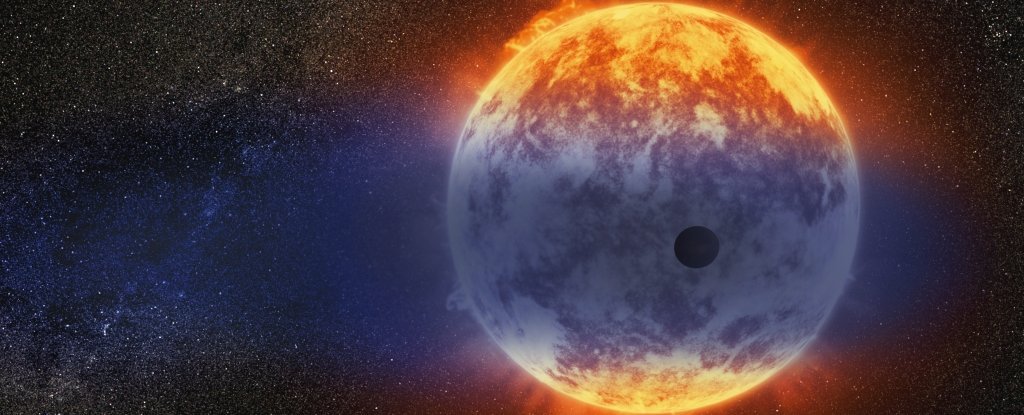 Source:
Source:
In space there is one very exotic class of exoplanets. Scientists call them "hot Neptune". They are so rare that among 3869 confirmed worlds had been discovered only a few such planets. However, their rarity may be able to explain the recent discovery made by an international team of astronomers. This discovery is called Gliese 3470 b. This exoplanet has an interesting feature – it evaporates with incredibly high speed. On their observations, the scientists report in the journal Astronomy & Astrophysics.
Opening ekzoplanety contributes to the hypothesis that such a small number of well-known hot Neptune may be due to the fact that in reality, planets of this class turn into miniature is one of the most widely used classes of exoplanets discovered by the telescope "Kepler".
A Hot Neptune is a giant planet the size and mass comparable to Neptune or Uranus, however, being much closer to the parent star (at a distance, even less than the distance between the earth and the Sun). In addition, as the name implies, these planets are very hot — its atmospheric temperature is approximately 927 degrees Celsius.
There are other "naturopathie" of the planet, but usually they are much further from their stars. So we face the conundrum of either a hot Neptune – are very rare in themselves or they appear as normal, but then disappear somewhere. And maybe they turn into something else, as follows from the findings of the latest research.
Generally, Gliese 3470 b is not the first discovered planet with a steamy atmosphere. For example, a few years ago was discovered Gliese 436 b, which is also evaporated, but not at such a high speed. An international team of astronomers in the new study notes that the "new" planet, though it is approximately the same distance from the parent star, like Gliese 436 b, but is much hotter and evaporates 100 times faster. And if this continues further, then Gliese 3470 b sooner or later turn into mininatur or even super-earths, say scientists.
"Gliese 3470 b is losing mass much faster than any other we have seen previously on the planet. Just a few billion years, half of this planet can disappear," — said physicist David Singh of Johns Hopkins University and one of the study's authors.
The two planets (Gliese 436 b and Gliese 3470 b) revolve about 6 million kilometers from their parent stars (1/10 of the distance between the Sun and mercury). Gliese 436 b orbits old stars class red dwarf, but more cold and stable between the ages of four to eight billion years. Gliese 3470 b also rotates around a red dwarf, but more young – its age is about two billion years. The star is hotter and less stable. Thus, Gliese 3470 b is subjected to a much more powerful stellar radiation, which leads eventually to a rapid loss of atmosphere.
In addition, despite the fact that the planets have comparable sizes, Gliese 3470 b has a lower density compared to Gliese 3470 b. Thus, its force of gravity holding the atmosphere are less pronounced in comparison with the latter. This observation suggests that the level of atmospheric evaporation in the case of the hot Neptune can be one of the crucial values in the fact that these planets are not so much.
In the future, the researchers hope to further study the data of extrasolar planets using future space telescope "James Webb", which is scheduled to be launched in 2021.
To Discuss the news .
Recommended
The Americans on the moon: what everyone should know?
the Upcoming cosmonautics day is my favorite holiday. It marks the triumph of the human mind: in just four thousand years Homo Sapiens went from hunter-gatherers to space explorers. 12 April 1961 Soviet cosmonaut Yuri Gagarin became the first man in ...
Why are some galaxies spiral shaped?
you Know what surprised me the most? The fact that we perceive the surrounding world as it is. Animals, plants, the laws of physics and the cosmos are perceived by many people as something so mundane and boring that they invent fairies, ghosts, monst...
Astronomers were able to see the death of another star system
In the cosmic ocean drifts a lot of mysteries about the existence of which we are unaware. One of these was uncovered five years ago, when astronomers have discovered a lonely star at a distance of 570 light years from Earth, the brightness of which ...
Related News
10 fresh and amazing discoveries related to the milky Way galaxy
Our home galaxy is only the first frontier of space exploration. It may sound trite, but the more scientists know about it, the more amazing this system is. It has dark matter, strange signals, and many others, first discovered th...
Exoplanet is evaporating. And in the cosmic sense very quickly!
the Exoplanet almost 100 light-years from Earth disappears. And very fast by cosmic standards, are sounding the alarm astronomers. Using the space telescope "Hubble", they were able to detect GJ 3470b – exoplanet medium in size, a...
Historic flight Virgin Galactic has reminded us that "space" does not exist
just today, Virgin Galactic into space, first for myself. But once at the maximum height 82,68 kilometers, the spacecraft did not reach 17.32 kilometers to the line of Pocket — which is recognized by the world as the boundary sepa...
Six interesting experiments conducted on the ISS currently
it's been 20 years since then, as the first components of the International space station (ISS) was launched from Earth. Making a turn around the planet in 90 minutes, and at a distance of 400 kilometers above the Earth's surface,...
The Virgin Galactic spaceplane the first time made up "space height"
a Private us space company, Virgin Galactic conducted another test of a suborbital tourist spacecraft, and almost conquered the frontier of space height. The company had previously said that, as the U.S. air force to mean a height...
China successfully orbited the moon the new lunar lander and lunar Rover
Chinese space probe "Chang'e-4" with the lander and a moon Rover on Board, successfully entered the orbit of Earth's natural satellite, according to Space News. Launched by the carrier rocket "Changzheng-3B" the device has reached...
The Russian rocket for lunar exploration may cost 1.5 trillion rubles
create a super-heavy launch vehicle and use it to fly around the moon could cost the Russian budget of 1.5 trillion rubles. About it reports the edition "RIA Novosti" with reference to its sources in the space industry. As reporte...
ISS astronauts explored the hole in the "Union" and collecting samples of trim around it
Oleg Kononenko and Sergey Prokopyev during a spacewalk from the ISS opened micrometeorite protection of spacecraft "Soyuz MS-09" and found under it a hole. Samples of the sealant, which was closed on the hole and the surface aroun...
Video stream: Russian crew of the ISS went into space to check the holes in the "Union"
Russian cosmonauts Oleg Kononenko and Sergey Prokopyev has walked in space aboard the International space station (ISS). This is the third spacewalk this year according to the Russian program. Before the astronauts have an importa...
Probe OSIRIS-Rex has sent a signal about presence of water on asteroid Bennu
the spacecraft OSIRIS-REx, launched in September 2016 to , beginning to bear fruit. Probe the space object recently, on 3 December, but have already discovered on the asteroid's surface water. According to researcher Amy Simon, we...
The probe "Voyager-2" reached interstellar space
Automatic spacecraft space Agency NASA "Voyager-2" has finally left the heliosphere – the region of space near the sun where the solar wind plasma is moving relative to the Sun at supersonic speed. Thus the unit became the second ...
China sent a lunar Rover on the dark side of the moon
China is the world's first launched a mission to land on the side of the moon. Start of automatic interplanetary station "Chang'e-4" on Board of the carrier rocket "Changzheng-3B" performed on December 8 at about 02:00 local time ...
Checking for care: what is unusual about this picture of the lunar Crescent?
we All know that the day sky different from the night. A truly mesmerizing night and day — at best — blind. And boring it is. Night, stars, satellites, milky Way, planets, Moon. And the day only the Moon. But wait… Astronome...
Ion engines mission BepiColombo passed the first test in space
in Addition to the validation of scientific equipment, which is one of the BepiColombo spacecraft — the joint mission of the European space Agency (EKA) and the Japanese aerospace exploration Agency (JAXA) to study mercury &...
A scientist from NASA admitted that we were able to visit the aliens. But not all so simple
recently, the Network appeared information that literally blew up the Internet. Researcher Silvano Colombano, NASA published a paper called "". The report contains some very controversial statements, but the media as one began to ...
Russia for the first time in the history of the beginning of printing bodies in space
On Board the International space station for the first time in history began , in which the bio-printer will be printed Minorcan. The results of the experiment will be released in early 2019. The experiment was carried out by labo...
#video | See the full landing of the Falcon 9 rocket on the water
That night there was unprecedented: for the first time of its landing, the first stage didn't land at the spaceport at Cape Canaveral. Due to problems with a hydraulic pump slatted helm, as the head of SpaceX Elon Musk, the rocket...
The American media accused Roscosmos of populism and advised to do business
Journalist Eric Berger of the popular American IT publication Ars Technica commented on the video of the Russian space Agency about creating a spacecraft with a nuclear power plant, criticizing the Russian space Corporation and it...
SpaceX broke four records, launching a Falcon 9 that night
tonight's successful launch of a rocket from the Vandenberg air force base in California brought the company SpaceX four new records — a sure sign that headed by Elon Musk, the company, and the commercial space industry as a whole...
The NASA OSIRIS-Rex entered the orbit of the asteroid Bennu
Automatic spacecraft "Osiris-Rex" space Agency NASA after more than two years since launch, traveled more than 124 million miles of outer space and finally entered the orbit of the asteroid Bennu. The National Board of the USA on ...



















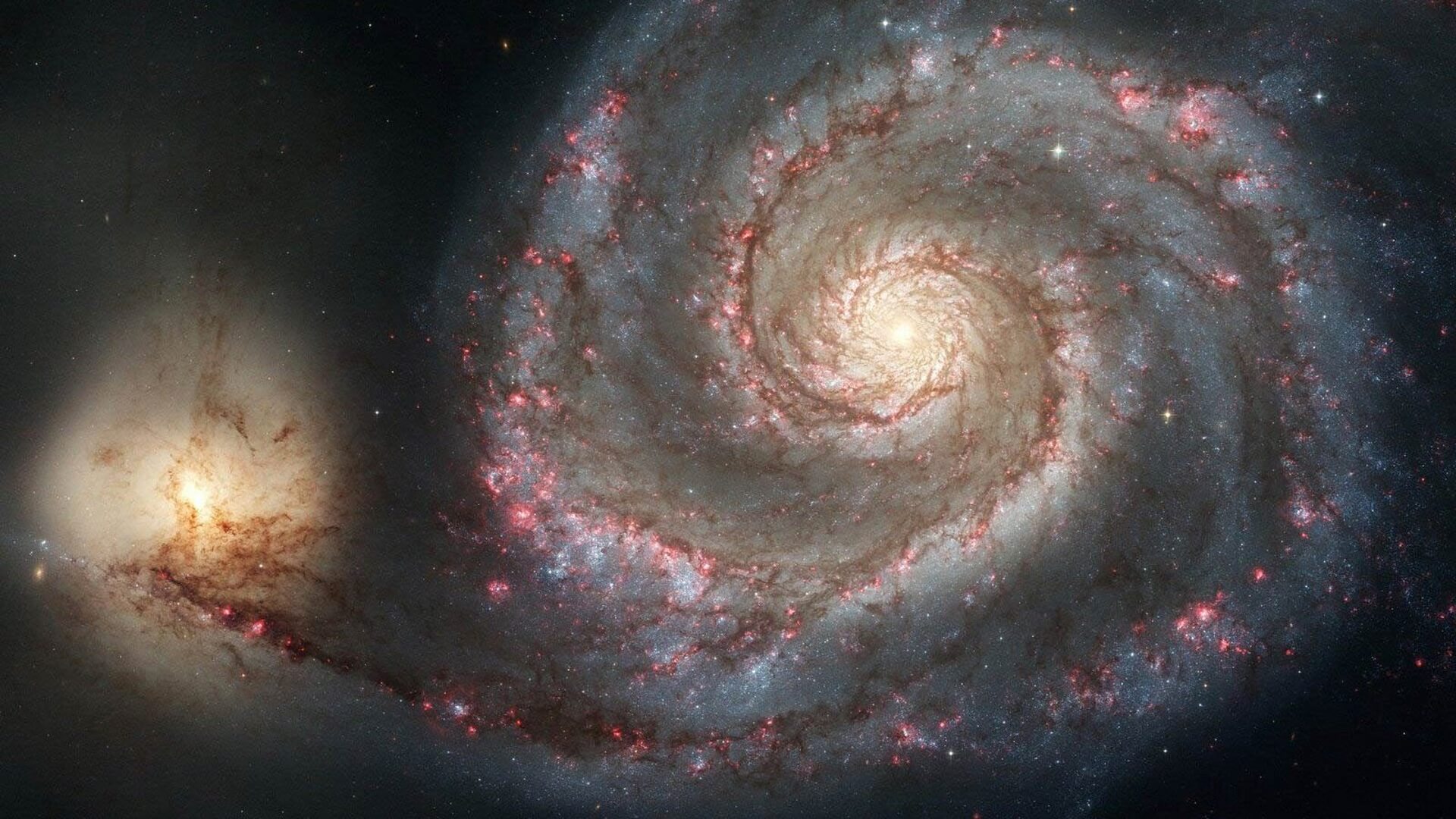
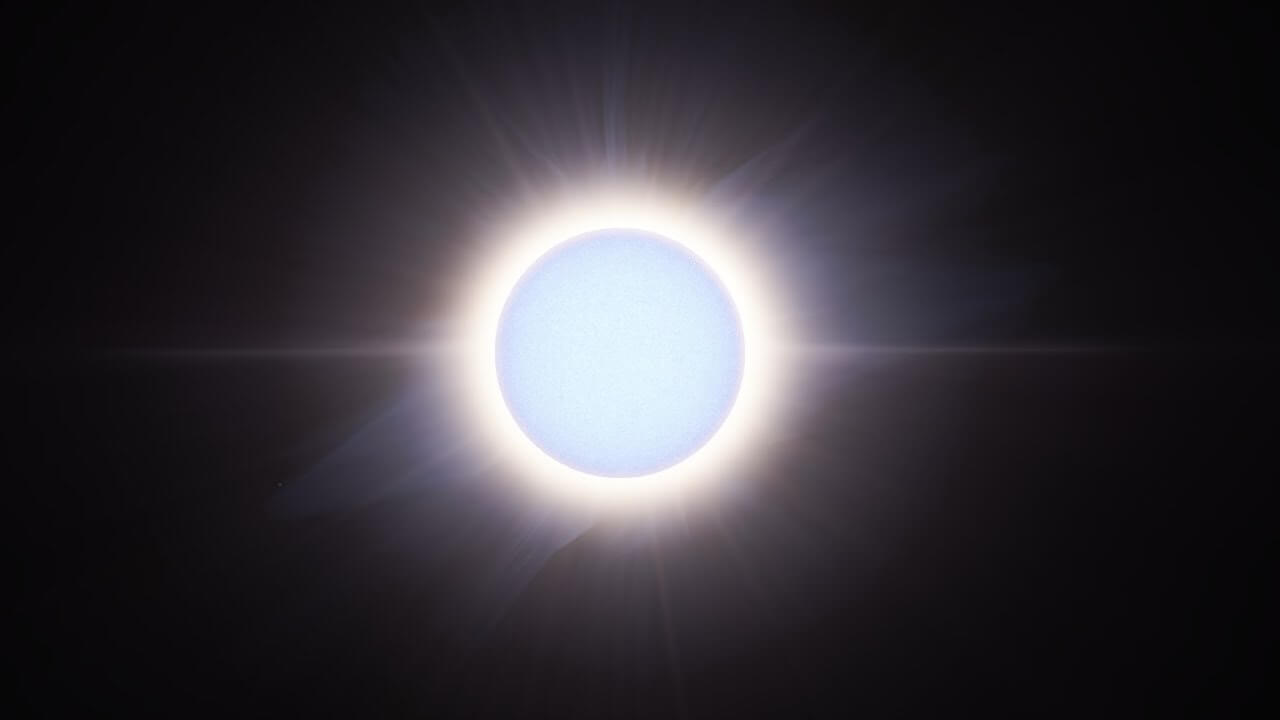
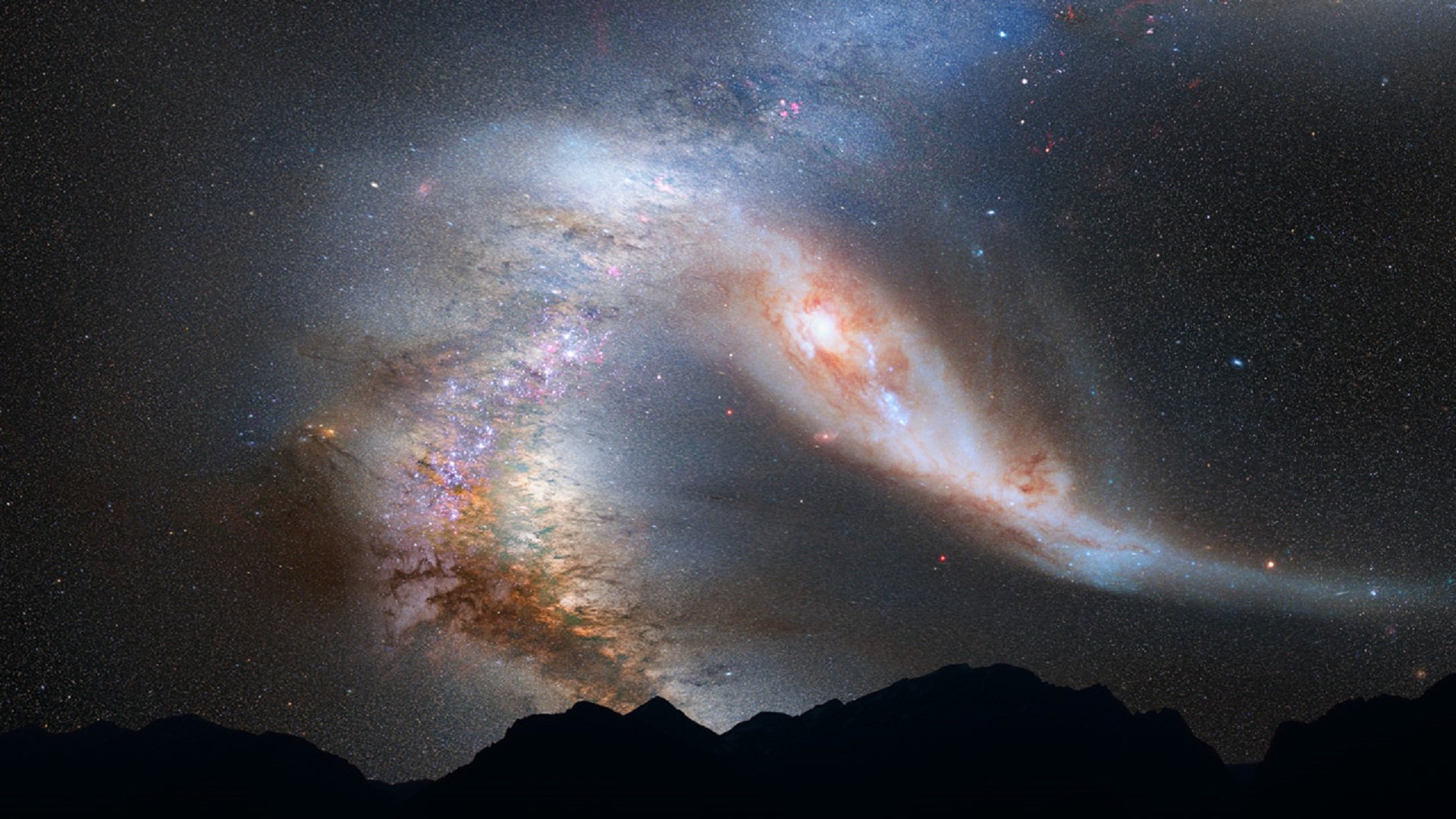
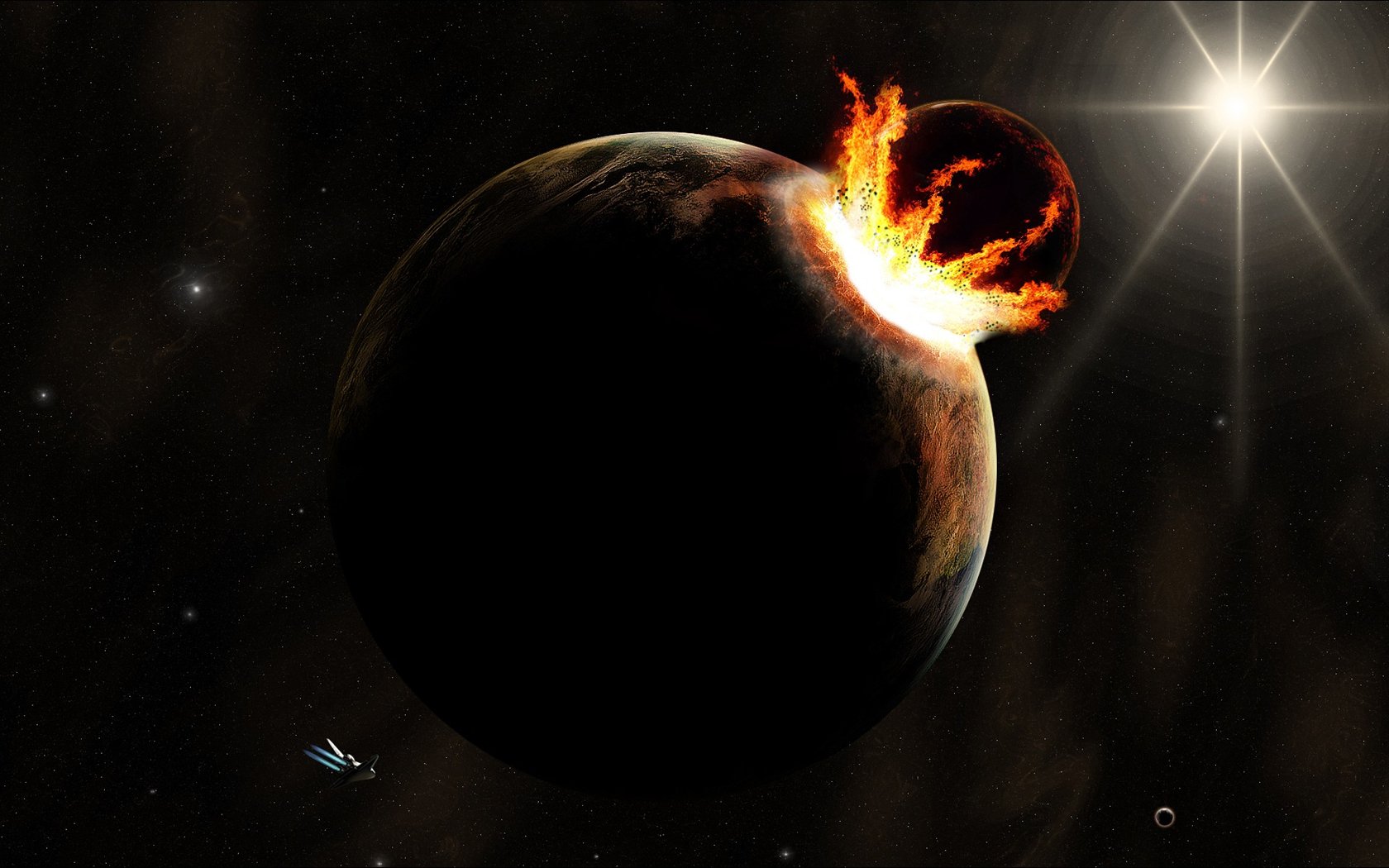

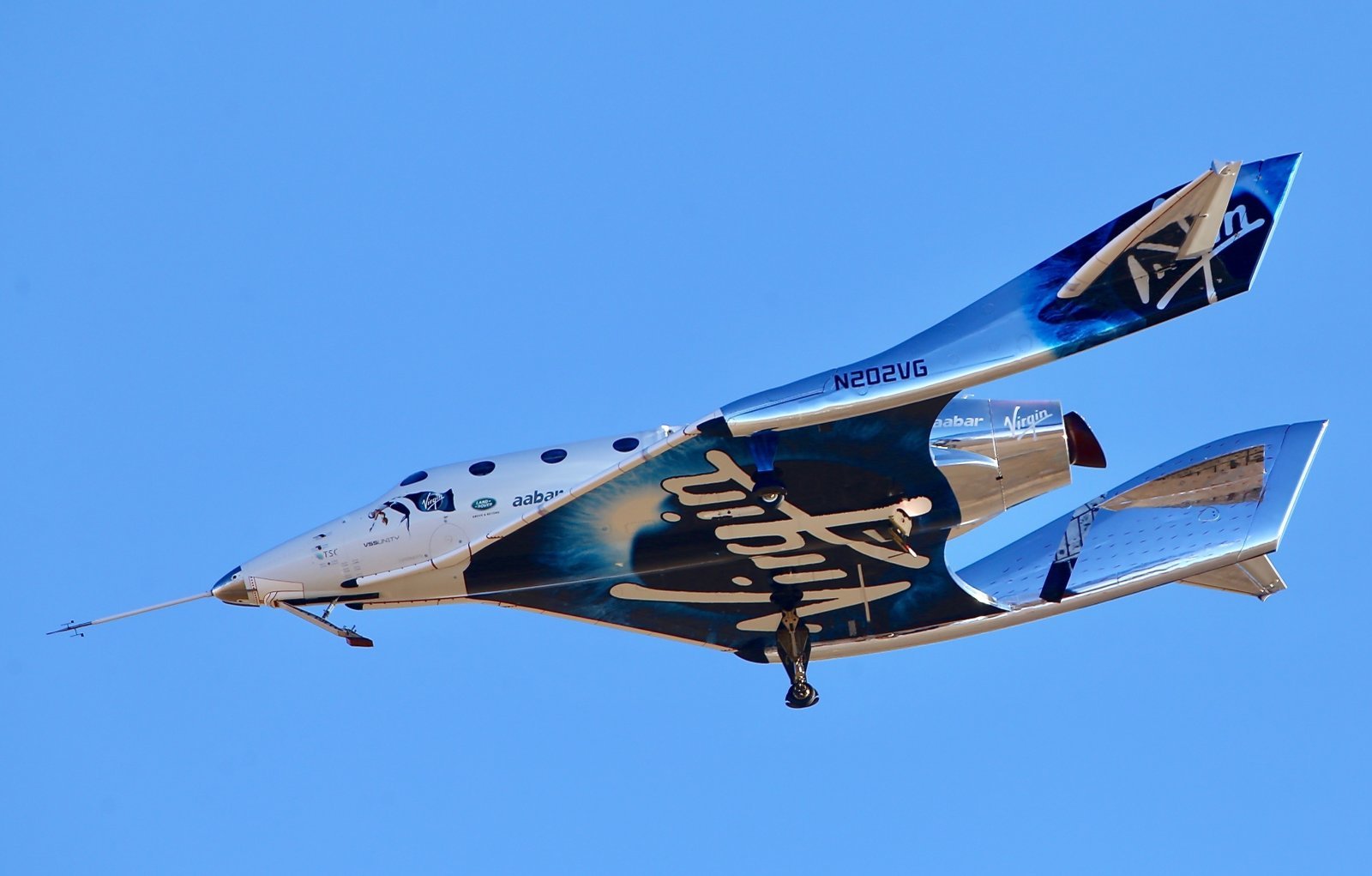
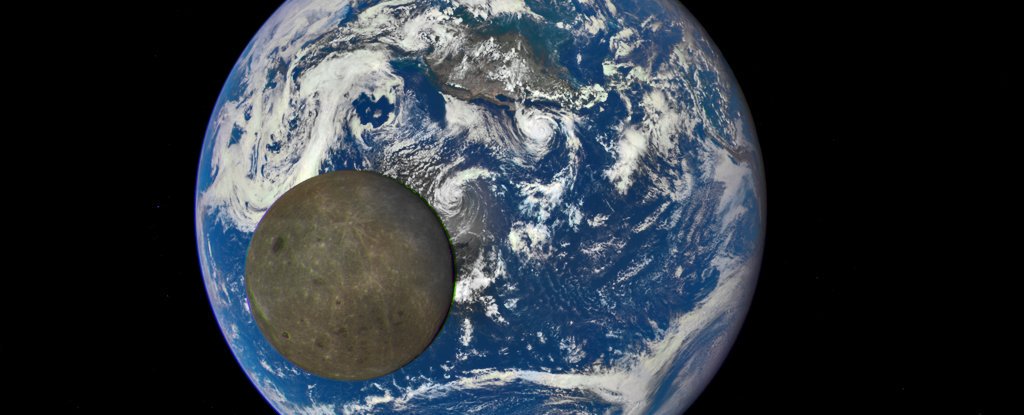
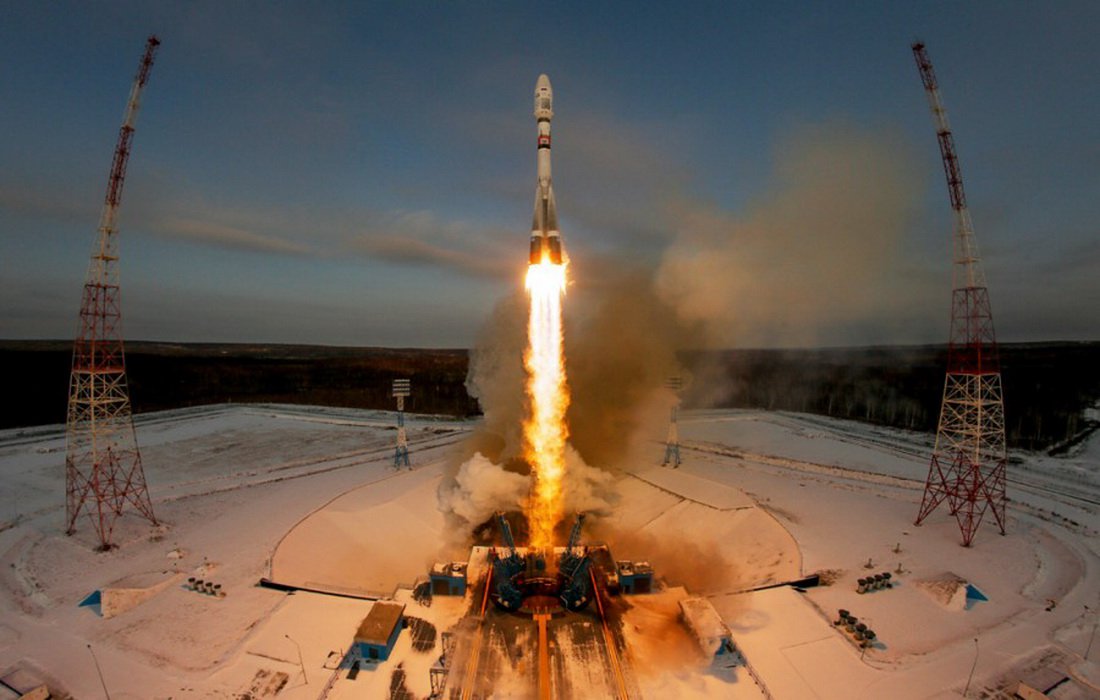

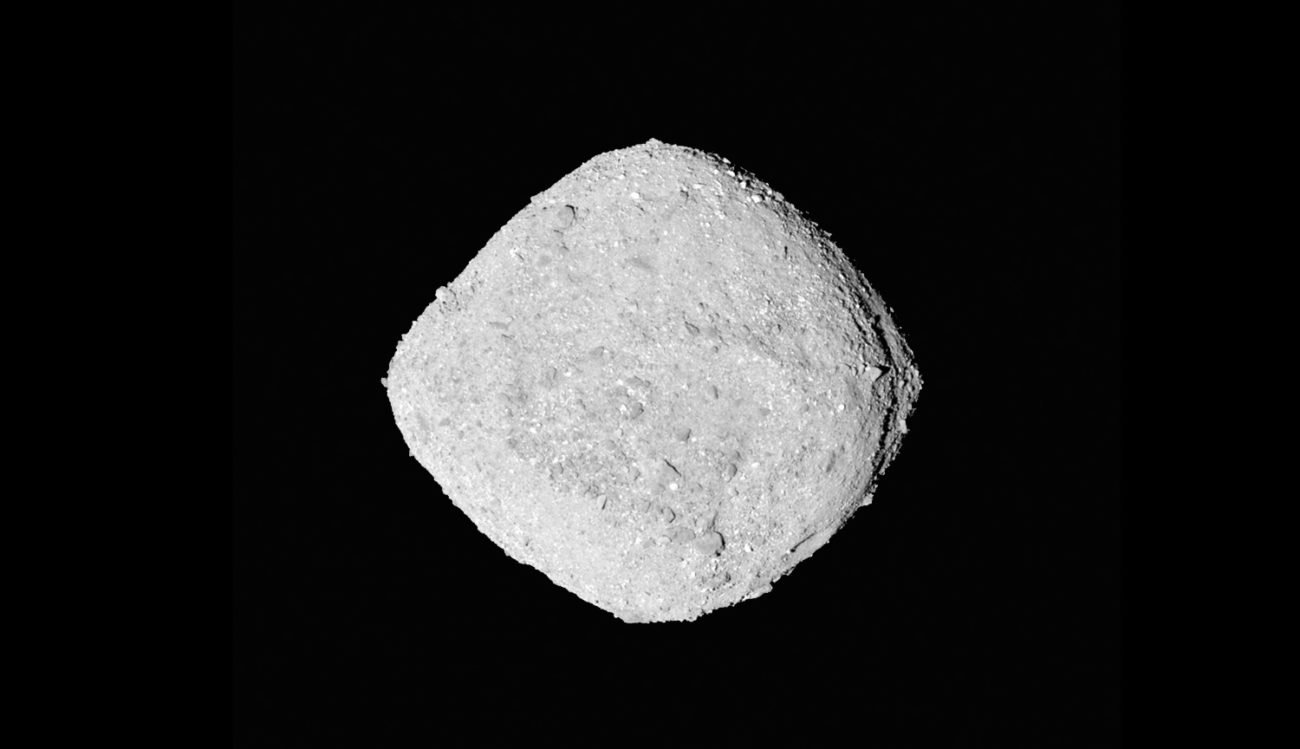
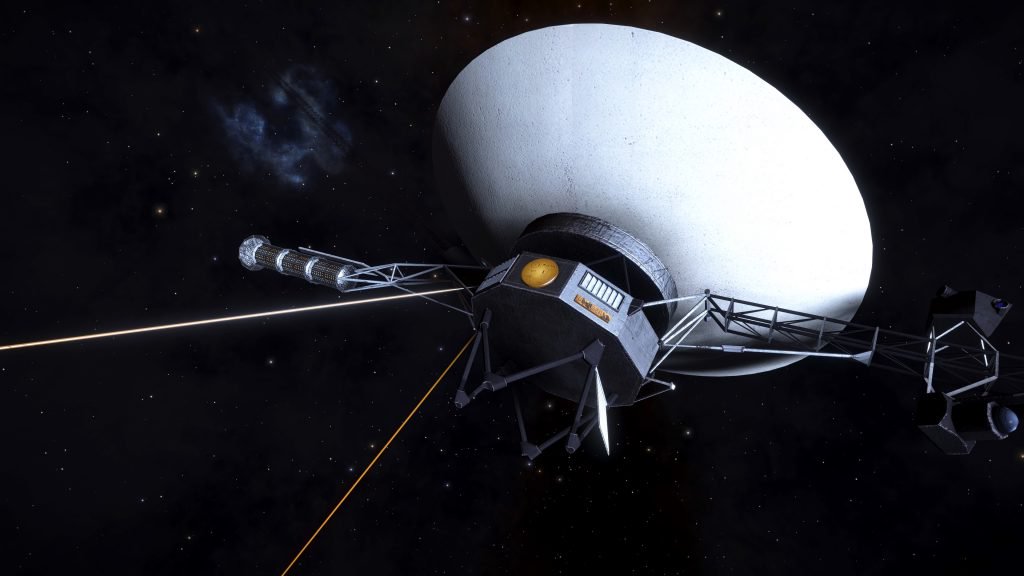
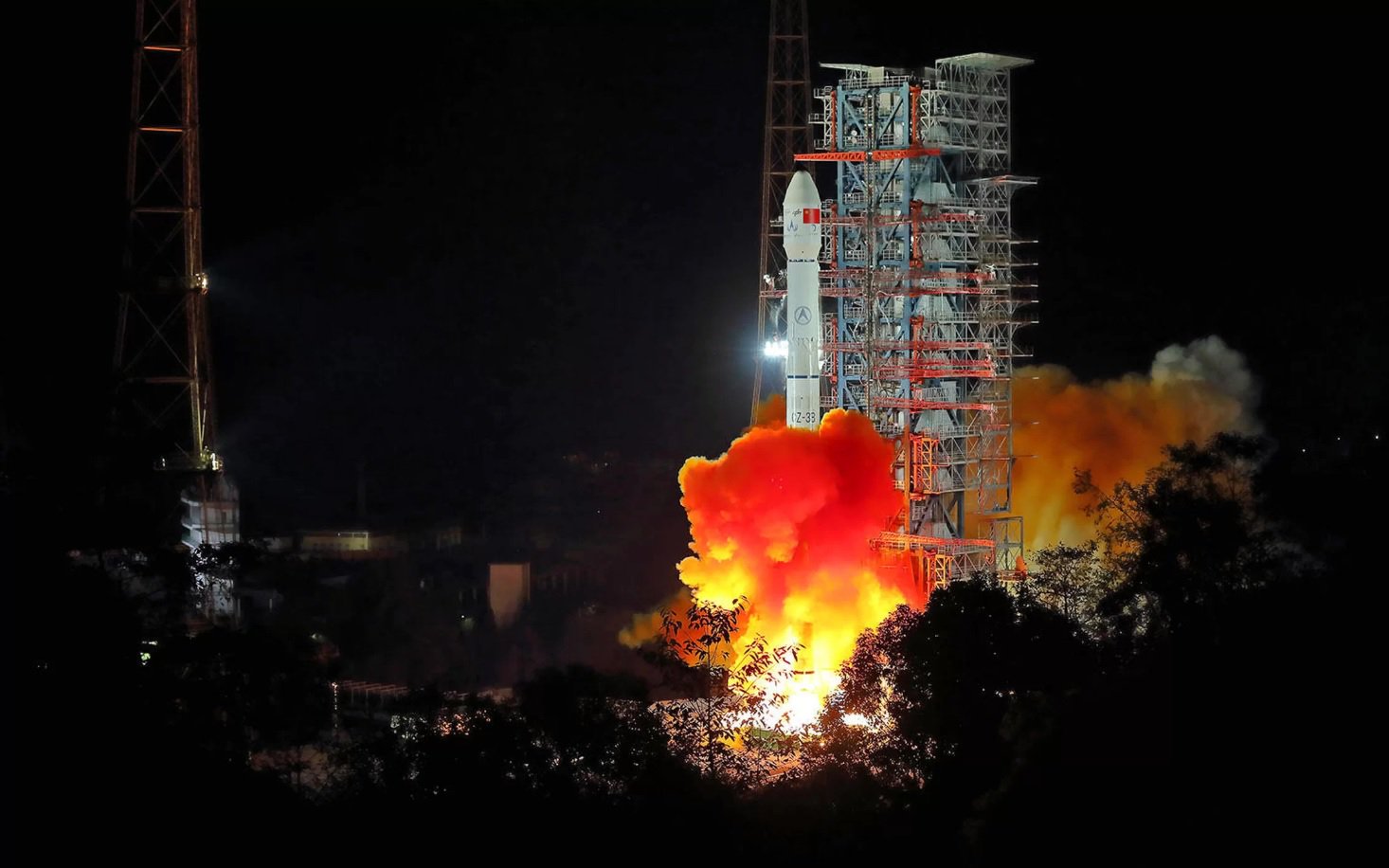

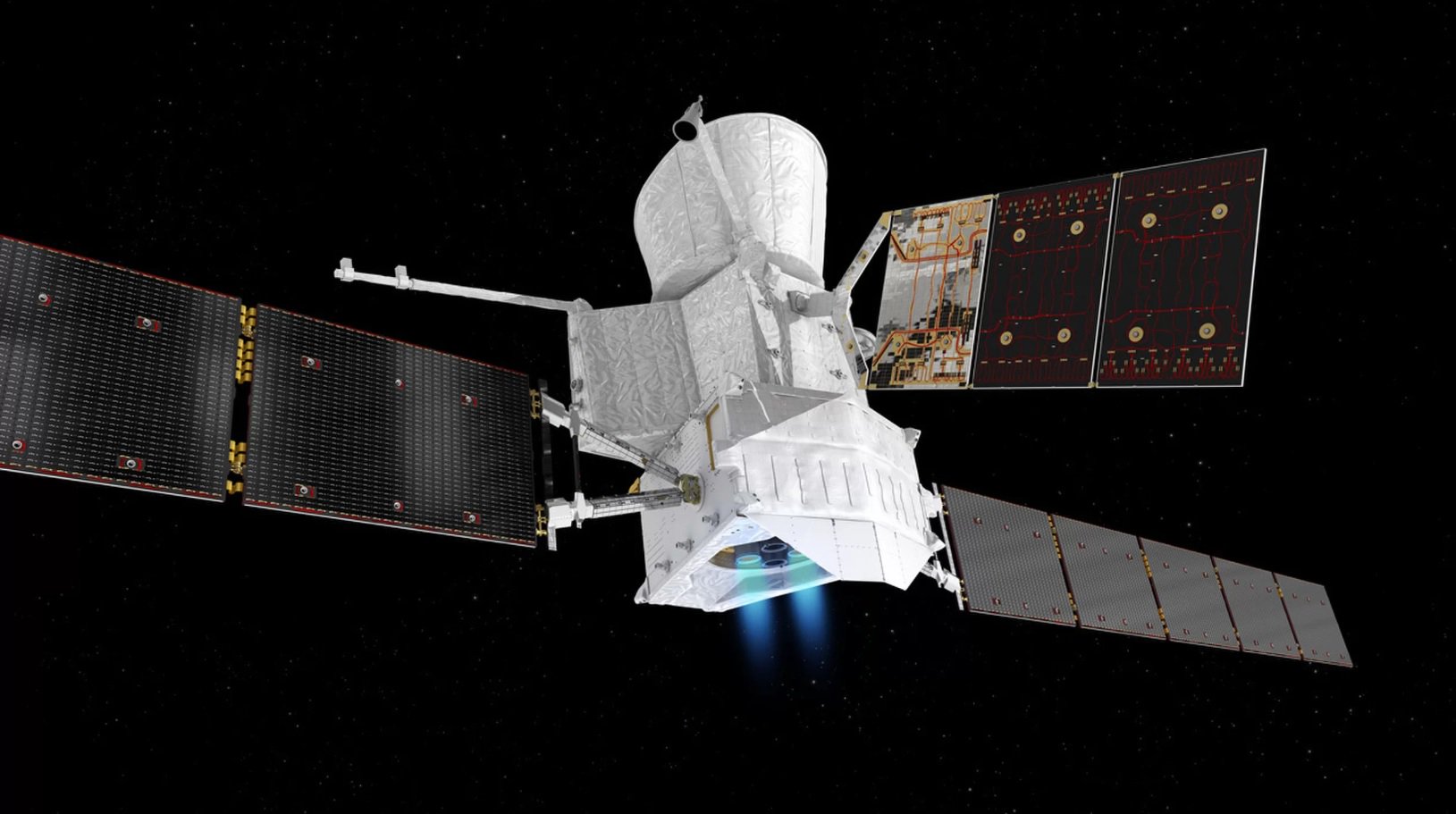

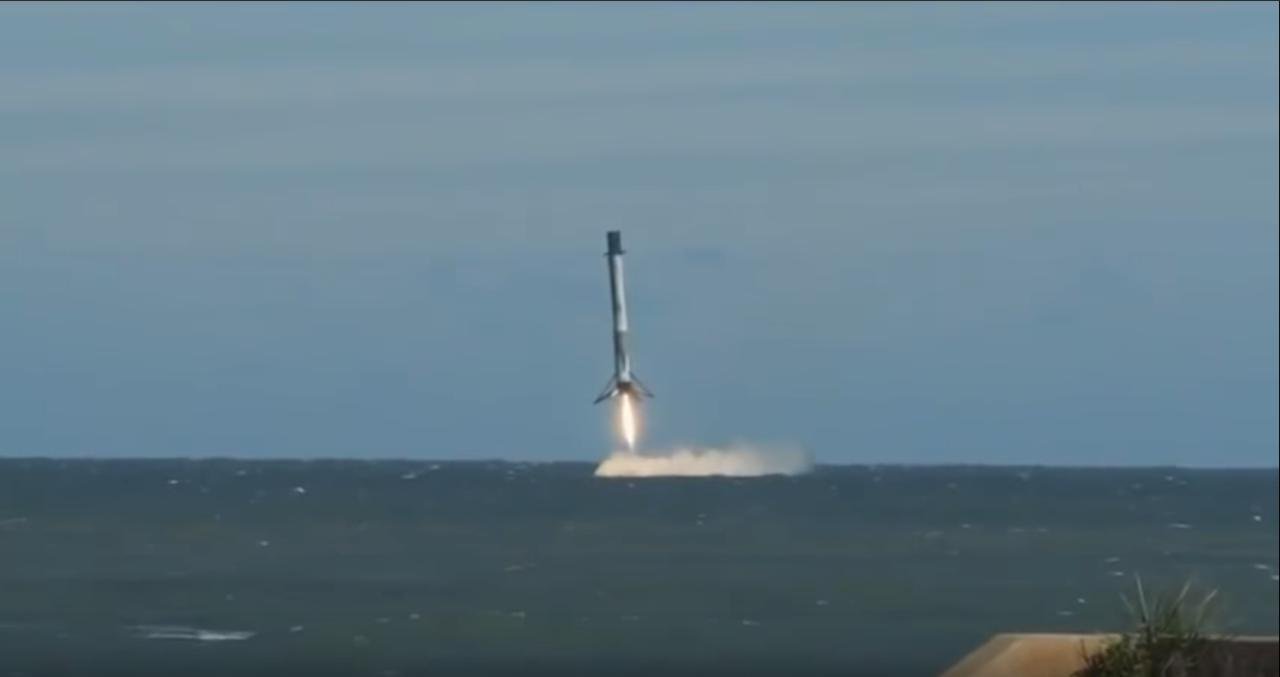
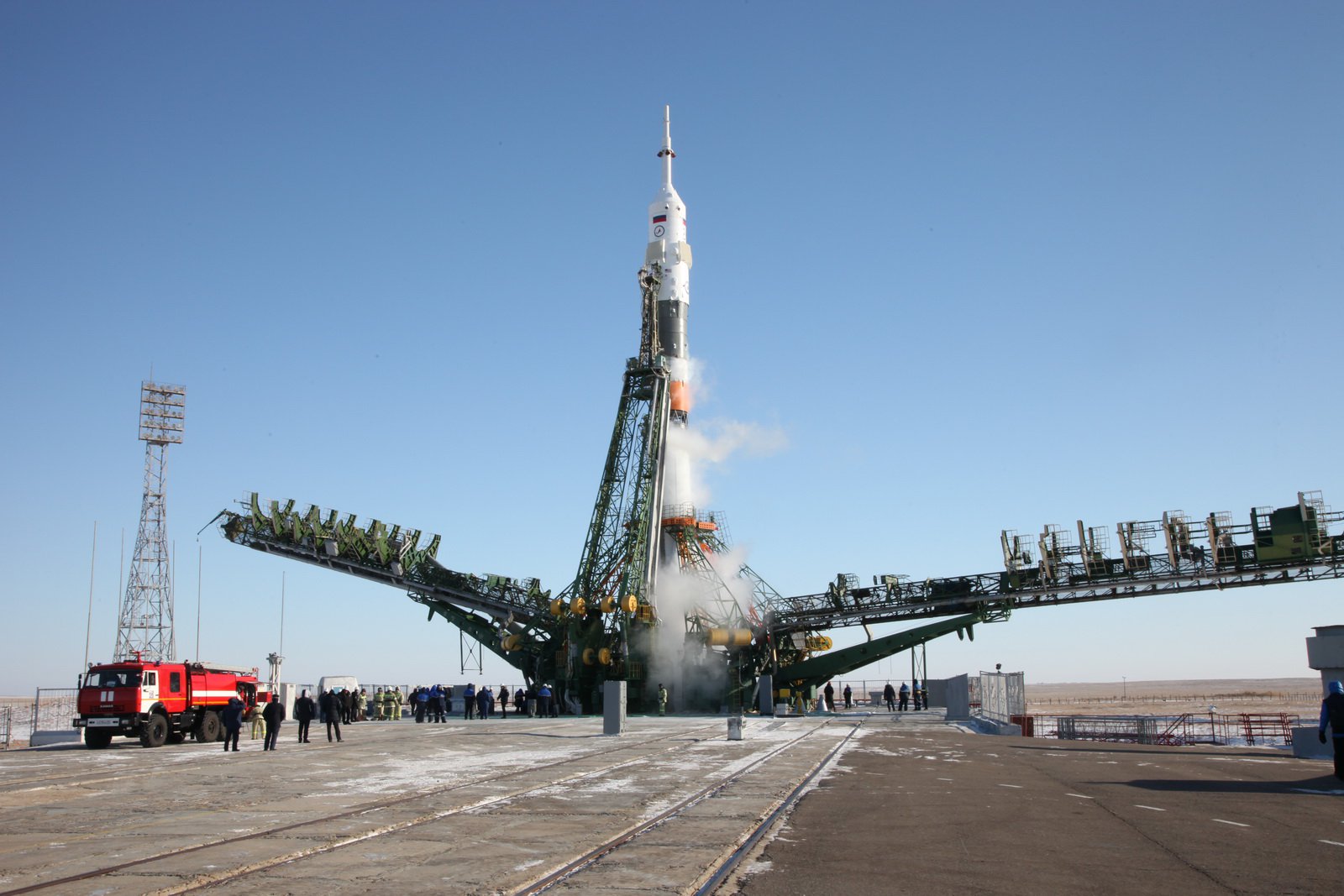
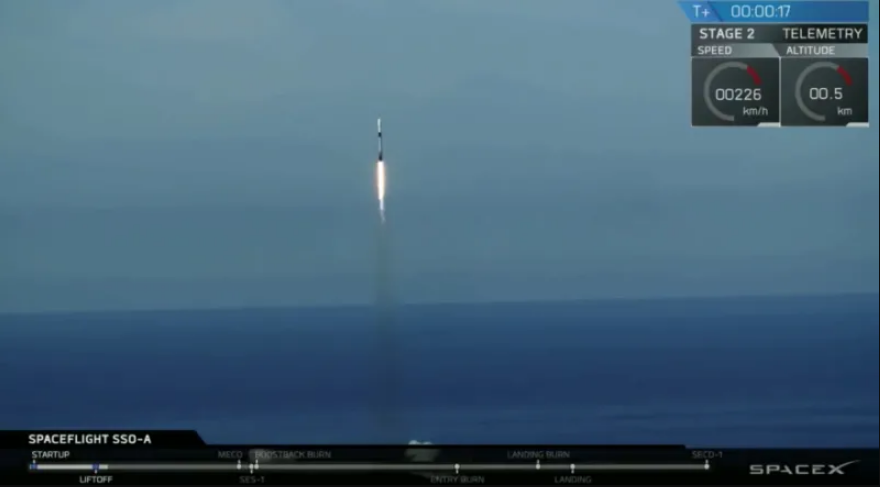
Comments (0)
This article has no comment, be the first!